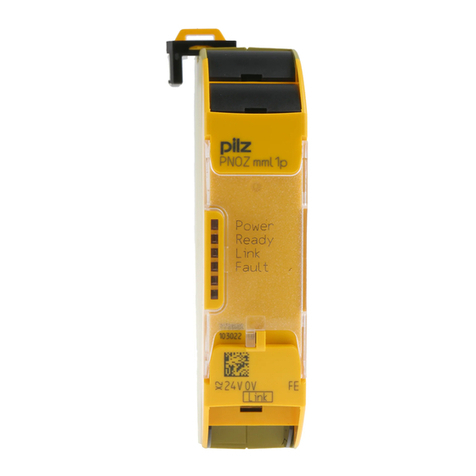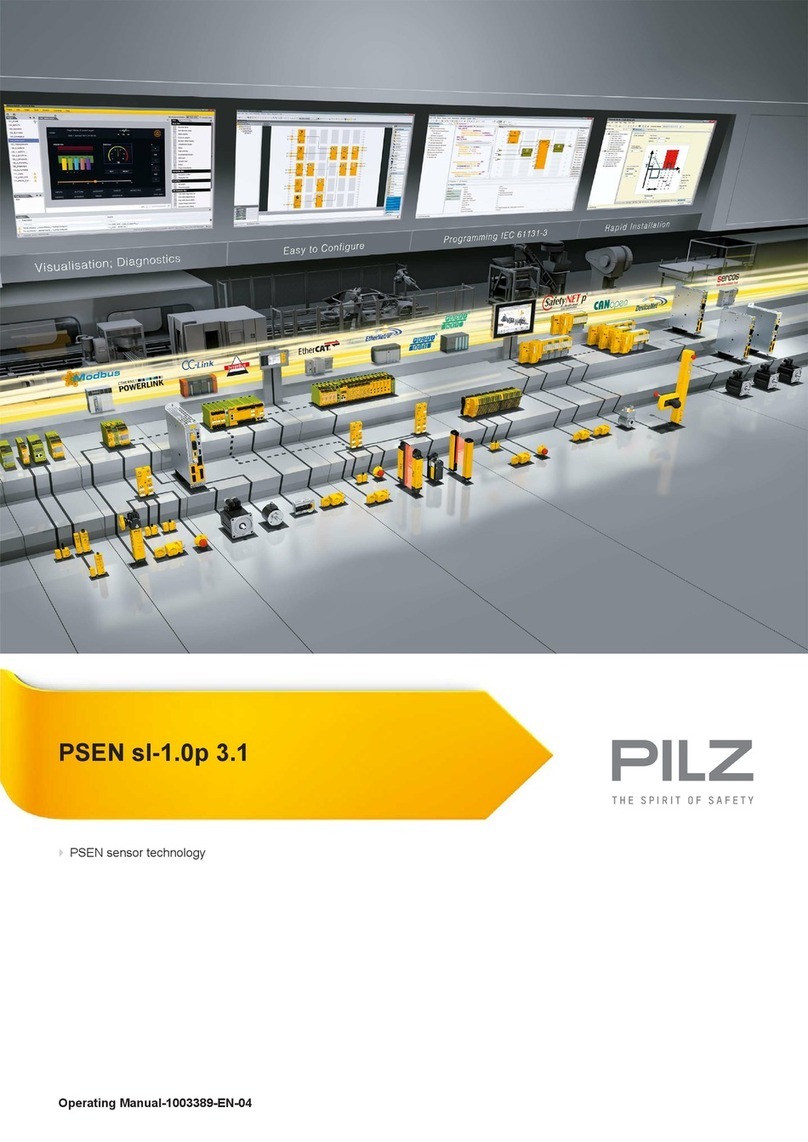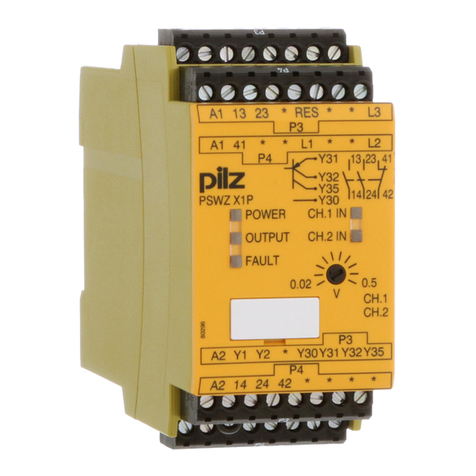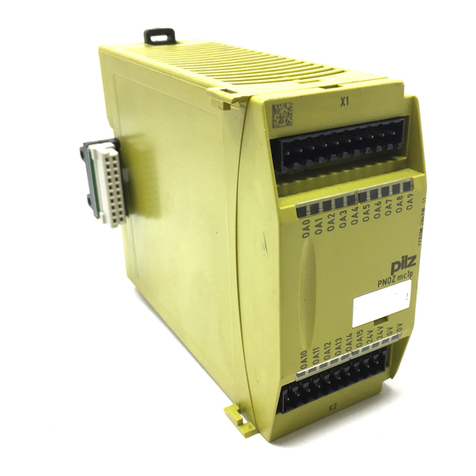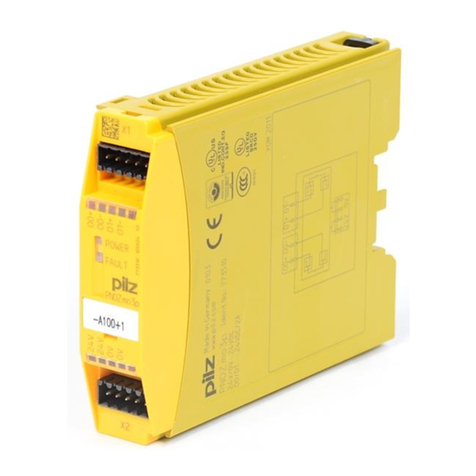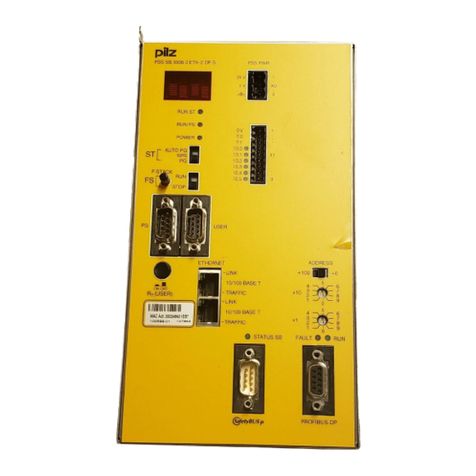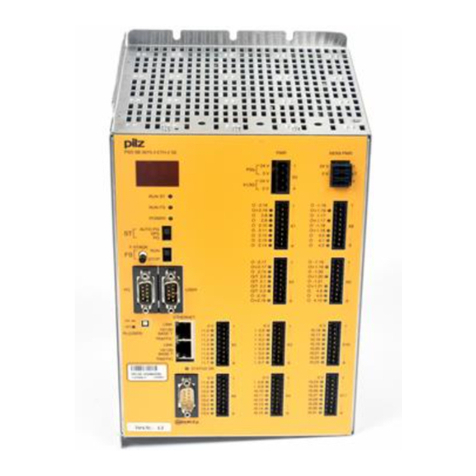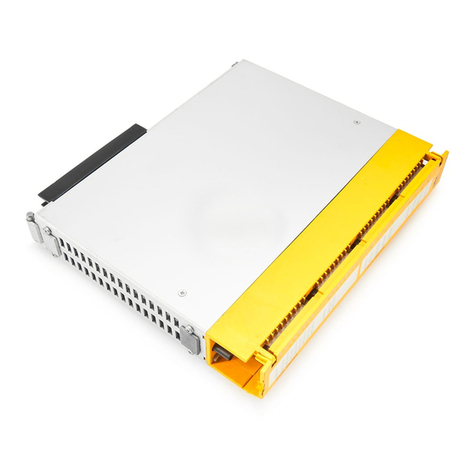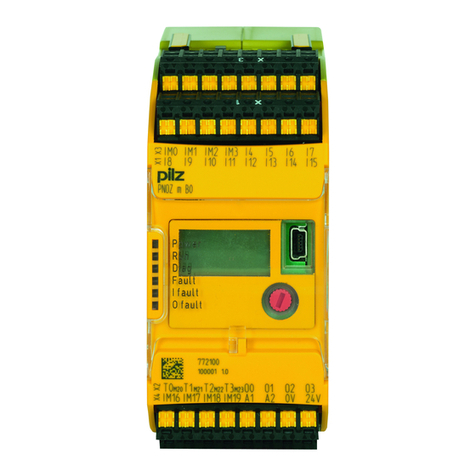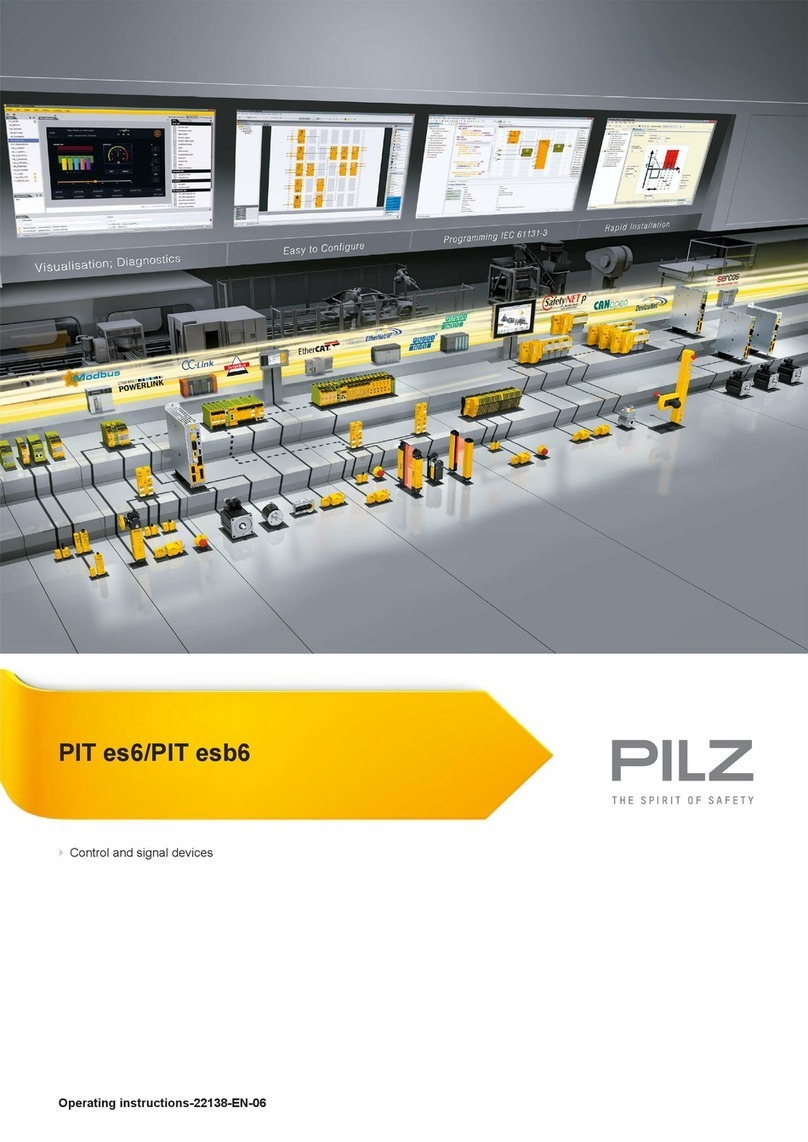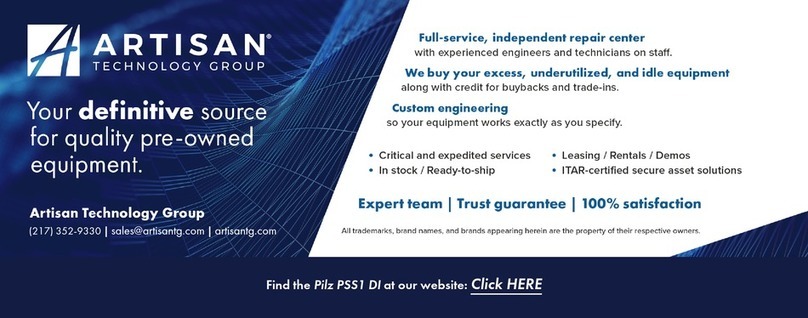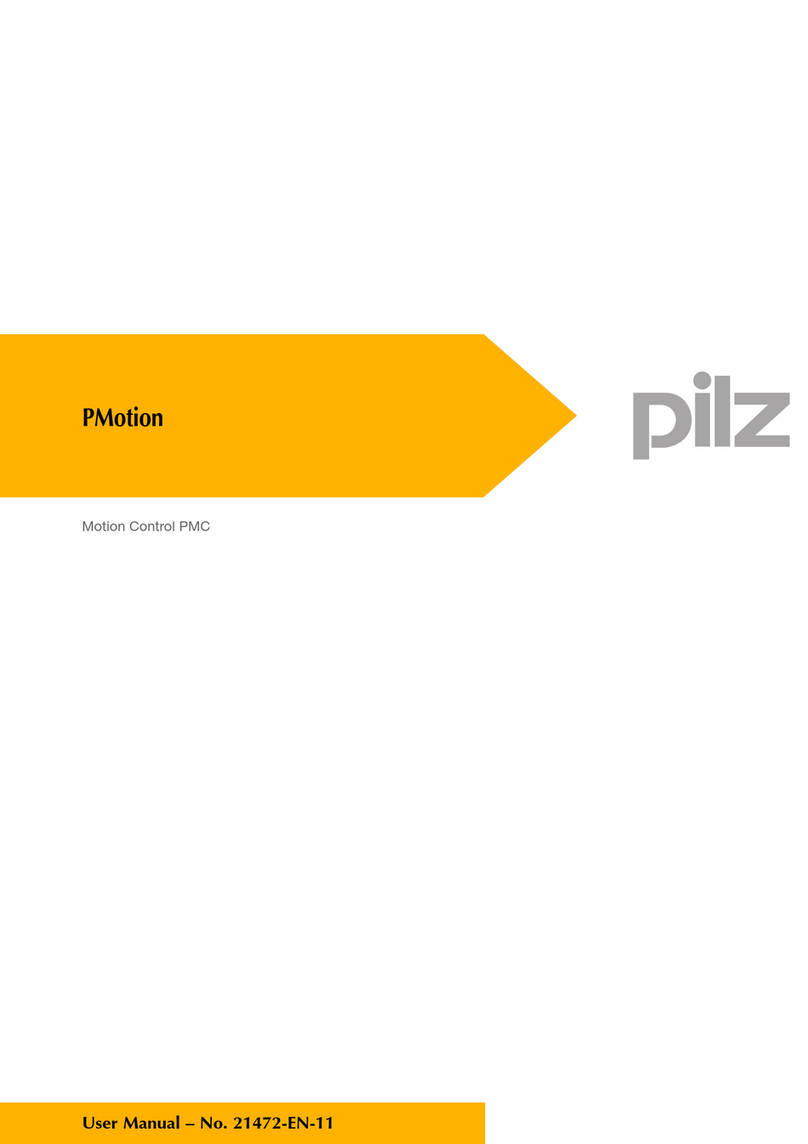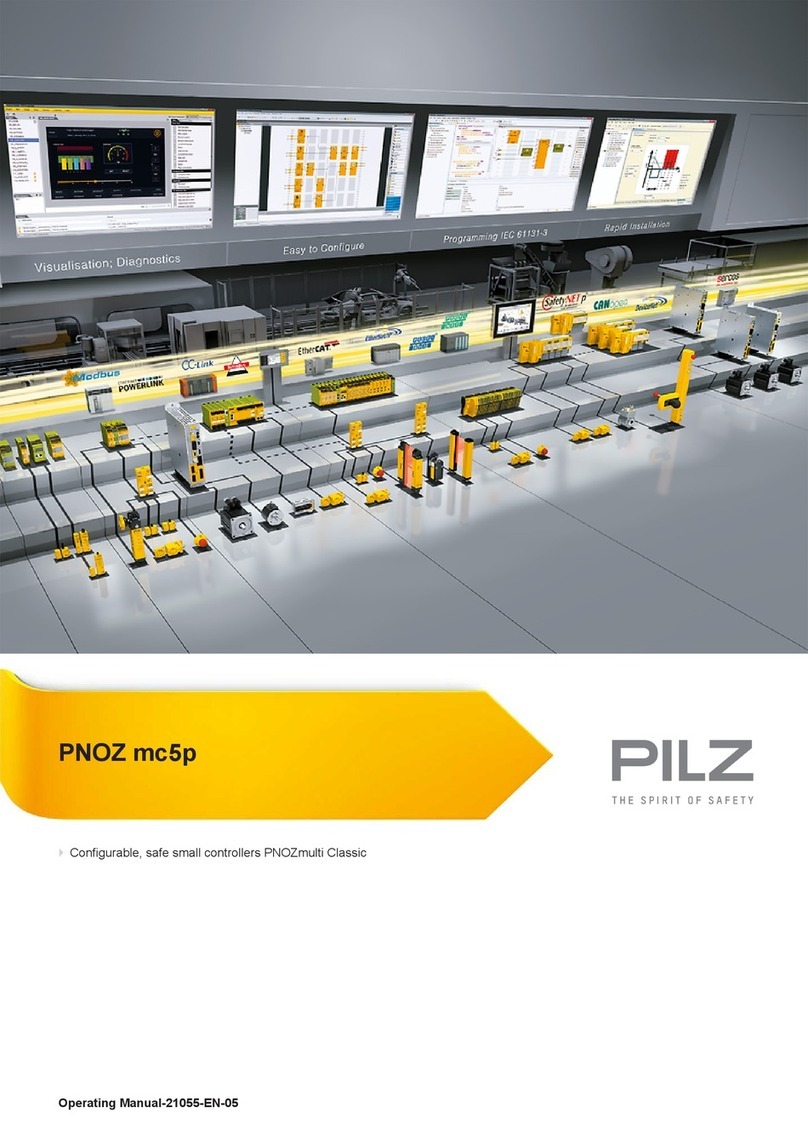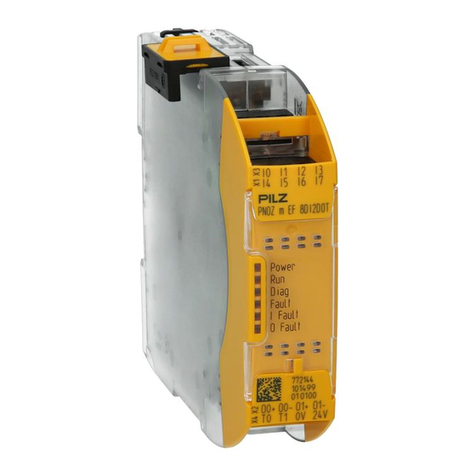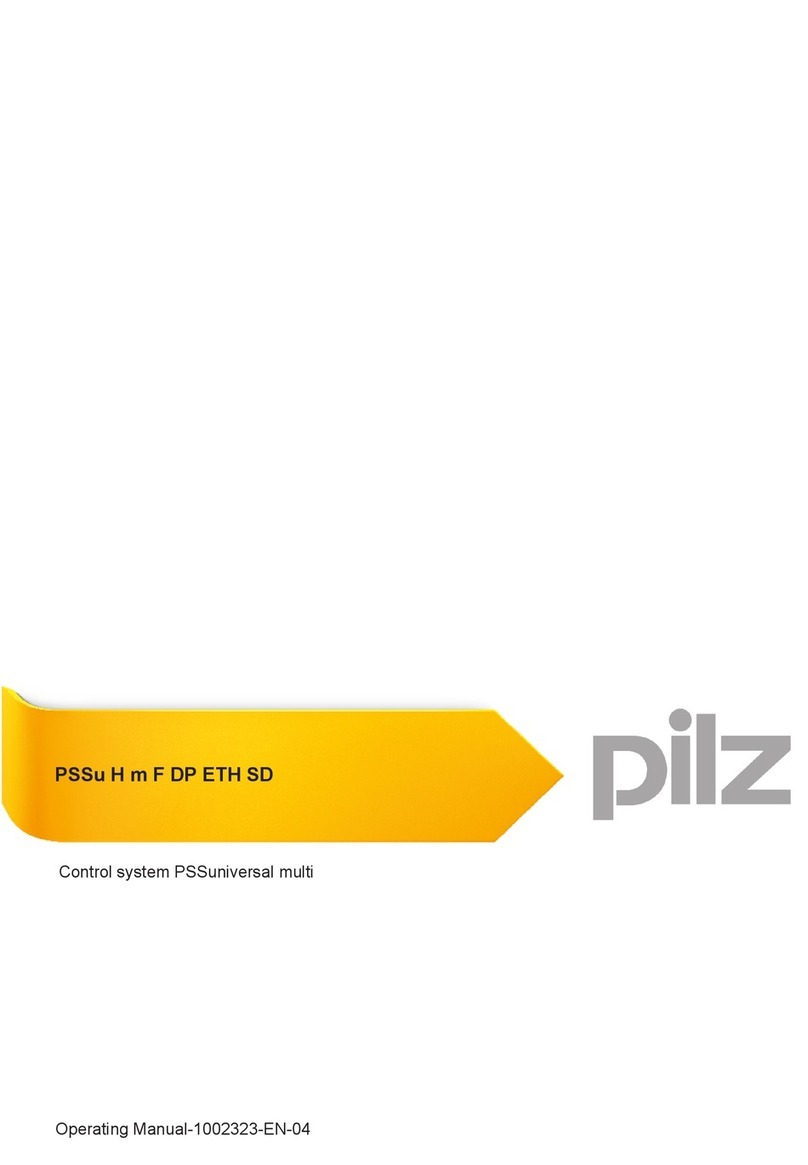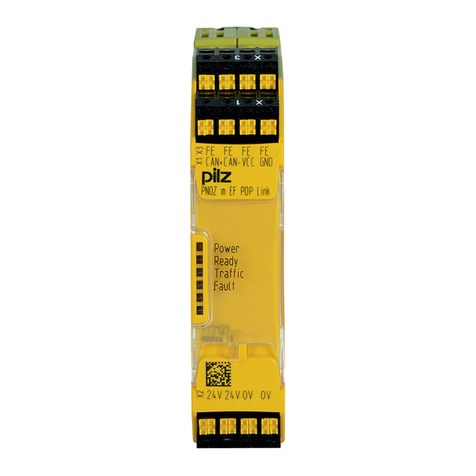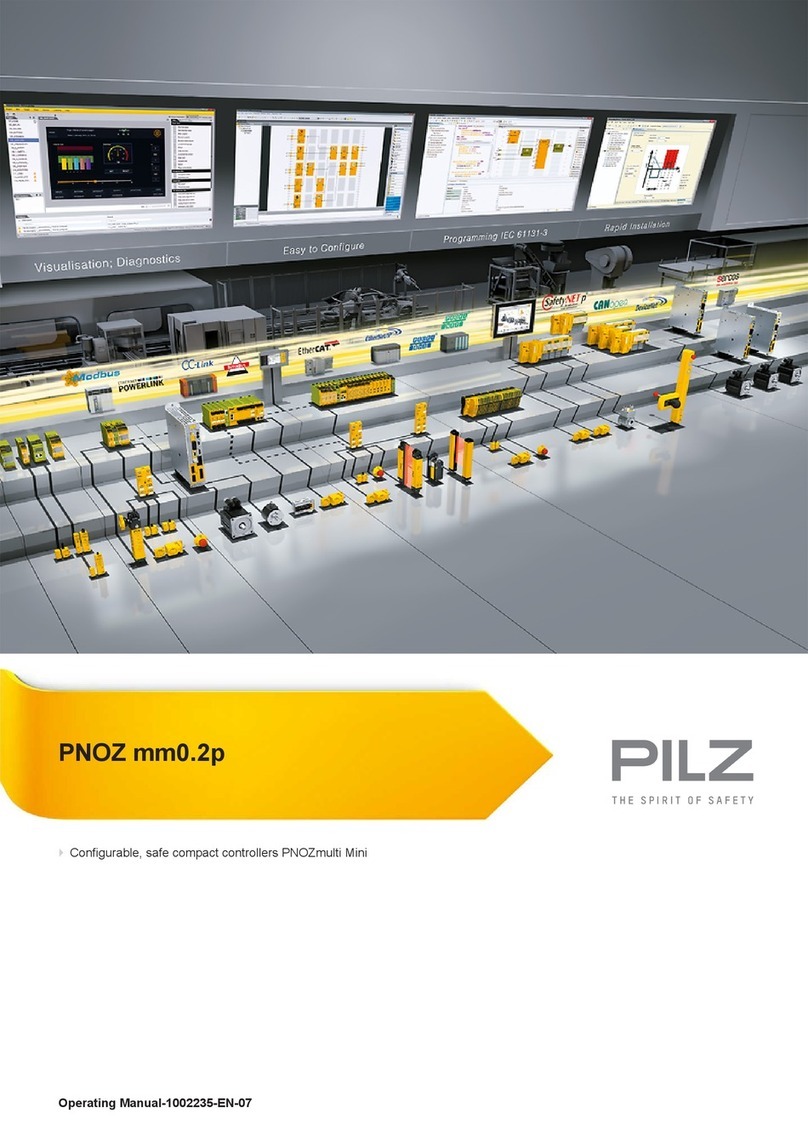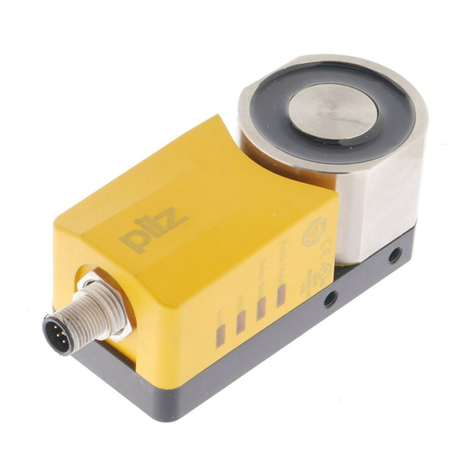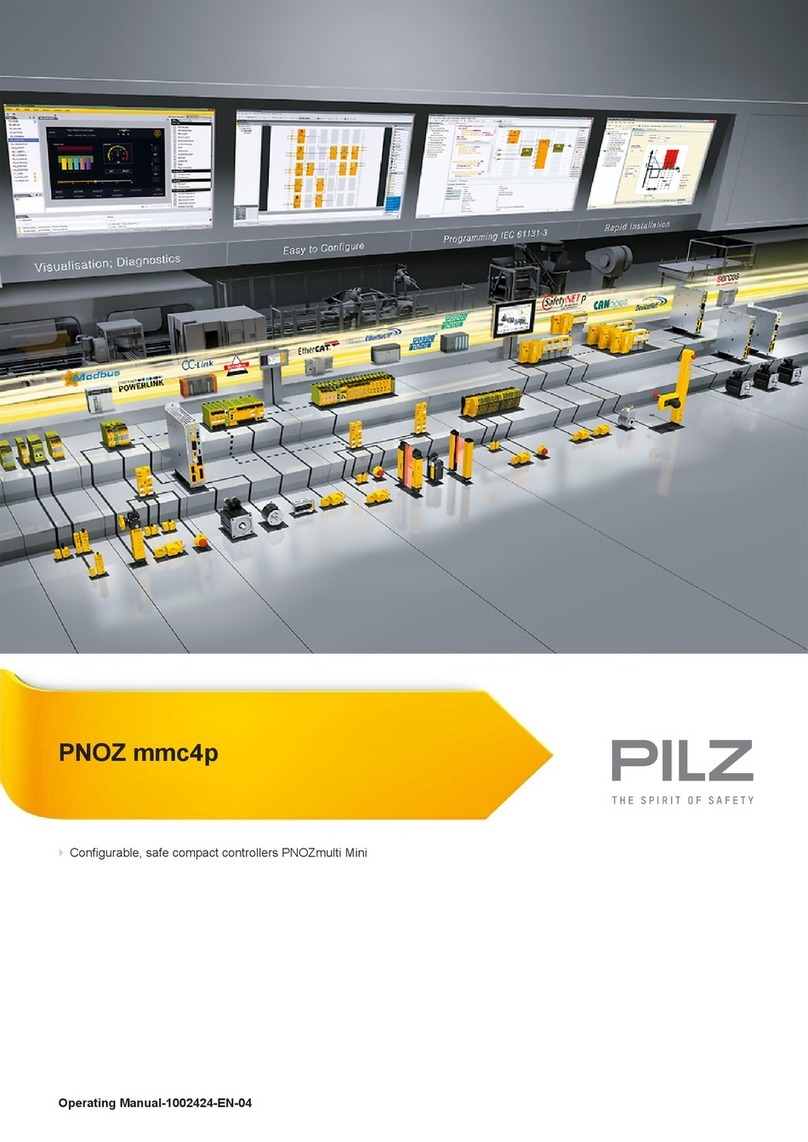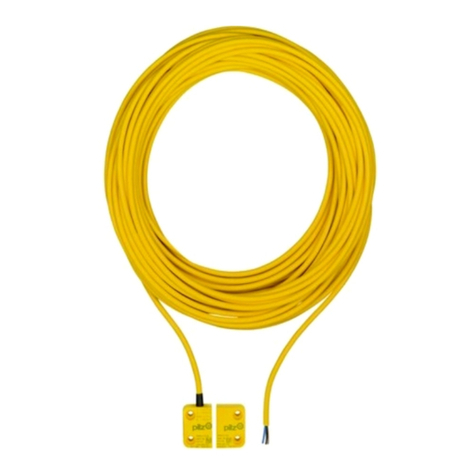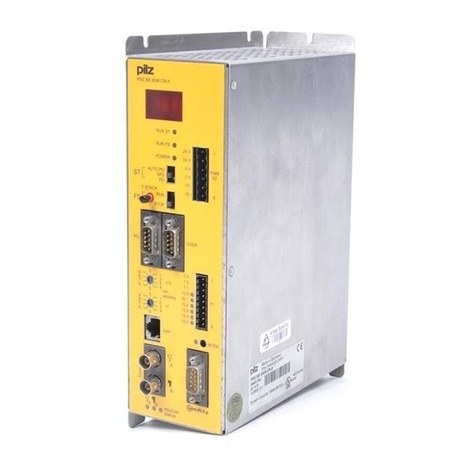
Contents
Operating Manual PNOZ m3p (ETH)
1001352-EN-09 | 3
1 Introduction ............................................................................................................................ 5
1.1 Validity of documentation.......................................................................................................... 5
1.2 Using the documentation .......................................................................................................... 5
1.3 Definition of symbols................................................................................................................. 5
2 Overview ................................................................................................................................. 7
2.1 Range ....................................................................................................................................... 7
2.2 Unit features ............................................................................................................................. 7
2.3 Chip card .................................................................................................................................. 8
2.4 Front view ................................................................................................................................. 8
3 Safety ...................................................................................................................................... 11
3.1 Intended use ............................................................................................................................. 11
3.2 System requirements................................................................................................................ 12
3.3 Safety regulations ..................................................................................................................... 12
3.3.1 Safety assessment ................................................................................................................... 12
3.3.2 Use of qualified personnel ........................................................................................................ 13
3.3.3 Warranty and liability ................................................................................................................ 13
3.3.4 Disposal .................................................................................................................................... 13
3.3.5 For your safety.......................................................................................................................... 13
4 Function description ............................................................................................................. 14
4.1 Integrated protection mechanisms............................................................................................ 14
4.2 Functions .................................................................................................................................. 14
4.3 Application for furnaces ............................................................................................................ 14
4.4 Block diagram ........................................................................................................................... 15
4.5 Diagnostics ............................................................................................................................... 15
4.6 Cascading................................................................................................................................. 15
4.7 Safety mat, muting.................................................................................................................... 16
4.8 Interfaces ................................................................................................................................. 16
5 Installation .............................................................................................................................. 17
5.1 Control cabinet installation........................................................................................................ 17
5.2 Dimensions ............................................................................................................................... 18
5.3 Install base unit without expansion module ............................................................................. 18
5.4 Connecting the base unit and expansion modules ................................................................... 19
6 Commissioning ...................................................................................................................... 20
6.1 General wiring guidelines ......................................................................................................... 20
6.2 Ethernet interfaces (ETH version only)..................................................................................... 21
6.2.1 RJ45 interfaces ("Ethernet") ..................................................................................................... 21
6.2.2 Requirements of the connection cable and connector.............................................................. 21
6.2.3 Interface configuration .............................................................................................................. 21
6.2.4 RJ45 connection cable ............................................................................................................. 22
6.2.5 Process data exchange ............................................................................................................ 23
6.3 Function test during commissioning ......................................................................................... 23
6.4 Commissioning the PNOZmulti control system for the first time............................................... 24
6.4.1 Load project from chip card ...................................................................................................... 24
